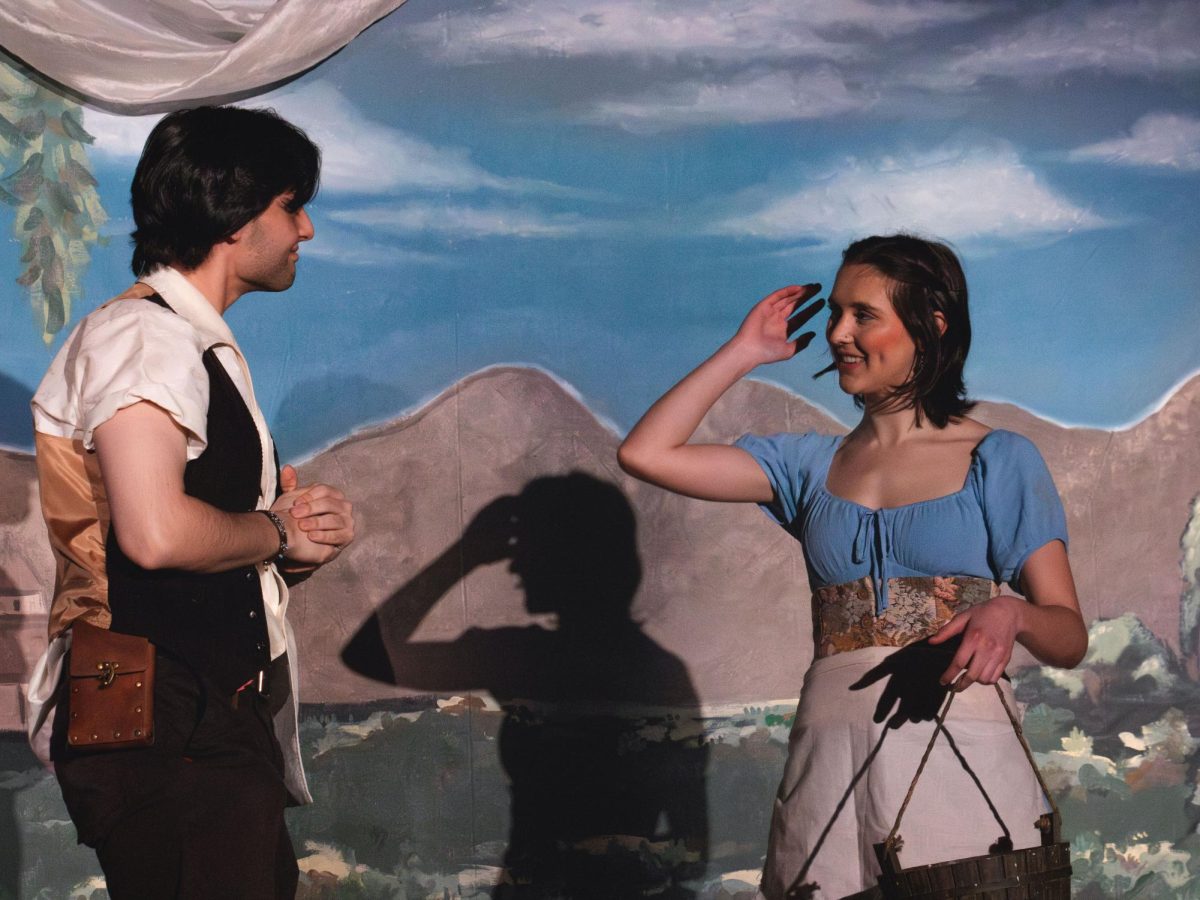In the thin, cold air that accompanies winter term, students walk past empty street corners and intersections, undisturbed. They barely notice the absence of a small, persistent faction of students — the petitioners. As the spring arrives, so does the rebirth of on-campus canvassing and tabling — fellow students, standing on the thawing pavement, collecting signatures for initiatives. Though it is an opportune time for these advocates and organizers, they often get the impression that the general student body is reluctant to stop when approached.
“You learn to hear ‘no’ and be ignored a lot. You really learn how to be rejected,” said sophomore Carter Polzel. Izzy Shepler, a junior, agreed with Polzel’s sentiment, saying that “it’s like exposure therapy” as they become accustomed to being dismissed. Polzel and Shepler are part of Oregon Student Public Interest Research Group (OSPIRG) at the University of Oregon. Between them, they have years of experience with both petitioning around campus and being avoided by most students passing by. But Shepler and Polzel, like many other petitioners, don’t let rejection or vague disinterest dissuade them from continuing to strive for change.
Petitions, whether at the school-wide or state-wide level, are presented to an individual in power to highlight the importance of an issue for their constituents, students or voters. The more signatures a petition has, the more pressure is placed on bringing action to the initiative. In the state of Oregon, if a petition receives only a thousand signatures, it has the opportunity to be placed on the ballot for all voters to see. According to Change.org, one of the most popular online petition sites, there are 42 live petitions in Eugene at press time. And this only includes online initiatives, not physical petitions that many organizations, such as OSPIRG, utilize. Some of these online petitions already have over a thousand signatures.
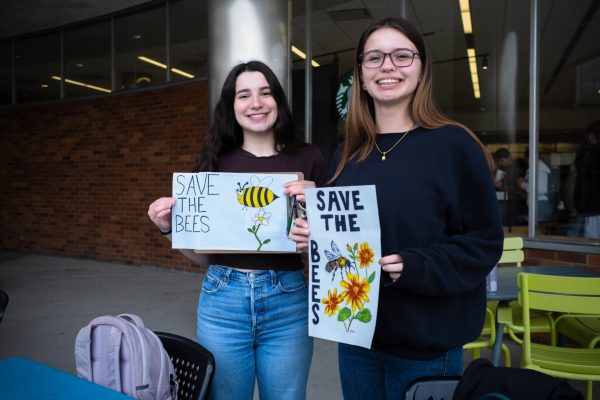
Although petitions are just one aspect of advocacy and social justice, they are unique in their wide scope. In many petitioners’ opinion, it’s easier to get students to write down their name and email on a piece of paper than to carve time out of their day to participate in a protest. Sophomore Sasha First, from UO’s branch of Young Democratic Socialists of America, called signature-based documents like petitions “the easiest way to show that something has popular support.” Petitions harness the untapped influence of a student body who may not otherwise participate in activism. According to Polzel, “It’s really important to reach a large number of people that have a voice but aren’t using it.”
Alex Aghdaei, a senior involved in Save Oregon Students and Partners for a Hunger-Free Oregon, is also familiar with students’ disregard towards him when he’s out collecting signatures. But, like his fellow petitioners, he tries to have fun with it too. “I have a masochistic joy that I get out of doing it,” Aghdaei said, “I just think it’s fun, and I try to make it fun and do funny things.” “Funny things” include dressing up as George Washington to encourage students to register to vote and enlisting the help of a dog to promote his organization’s petition.
First echoed this view. “I think it’s pretty fun to be the one out there,” she said, “you know, like talking to people and getting their opinion, getting their signature, learning a bit about them.” Even though, as First and others suggested, petitioning can be challenging, it is incredibly important.
“If I’m a legislator, I want to know that the people in my district actually really care about this issue,” Aghdaei said. The same is true for university administrators. Another sophomore involved in OSPIRG, Kali Kleven, explained that petitions have the ability to say to universities, “These are all your students and they’re telling you what they want — you should listen to them.”
But, many student petitioners acknowledge that these documents can only go so far. Written requests and communication are typically combined with other action — a signature alone is not enough to spark transformation. “The truth is,” said Aghdaei, “signing the petition doesn’t do anything, but it builds power.”
It builds power by stressing the urgency of an issue to administrators, but it also builds power by inspiring others to get further involved. In First’s opinion, petitions are a great opportunity for “a teaching moment and maybe to get someone into your organization.” Kleven herself joined OSPIRG after being approached on the street by someone else from the organization during her freshman year. This open conversation between students can help them realize their passion for different topics and learn more about getting involved. For Kleven, “education is the first step in creating change.”
Student petitioners value learning and transparent dialogue when it comes to their initiatives. When asked what she would say to students who may be nervous about signing a petition, Kleven said, “Just talk to us!” She went on to say that petitioners often have a lot of detailed knowledge about their campaign and are more than willing to discuss and explain the specifics with students.
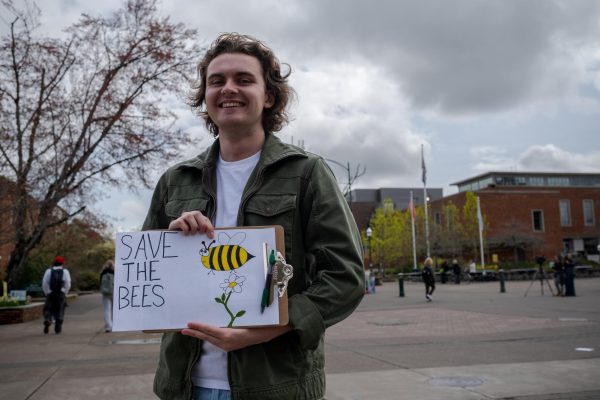
First elaborated, “Being nervous to sign something is totally normal, especially when it’s something new to you. But I don’t think that’s a reason that you should end the curiosity there.” It’s also crucial to remember that having a conversation with a petitioner isn’t binding; no one is required to sign a petition after an educational interaction with a petitioner.
In addition to the typical hesitancy to sign petitions, those collecting signatures have noticed that the level of comfort that exists when speaking to strangers on the street has shifted. Aghdaei said, “There was a big turn away from being approached after we had those hate preachers show up on campus.”
According to the interviewed petitioners, persistent religious or politically conservative groups promoting anti-gay and anti-abortion rhetoric have impacted the process of signature collection. “We had one day when we were out there and there were two different anti-abortion groups out there at the same time and we got like maybe five signatures an hour,” said Kleven. Shepler said that other students have approached her with relief: “‘Oh thank God, I thought you were one of those abortion people.’”
A significant difference exists between groups like this and groups such as OSPIRG, Save Oregon Students and YDSA. Student petitioners are not telling other students what they should believe. Polzel said, “I would rather just be able to talk to someone and have them be like, ‘eh, actually I’m not in support of that’ or ‘I’m not interested’ than just completely dismissing it.”
Petitioners like Aghdaei, First, Polzel, Shepler and Kleven gather support for initiatives that affect themselves and their peers. Current initiatives include protecting the ocean, providing on-campus medicated abortion, and promoting textbook affordability. Many of the featured organizations choose to highlight petitions based on the likelihood they will be something that benefits students. Kleven calls these “common sense issues,” issues that most students would be in favor of. Aghdaei has a similar belief. “I’m also a student and this is just something I care about, and I think you will too,” he said.
Signatures hold power. They allow those who aren’t official decision-makers to influence policies and initiatives on a higher level. Each signature on a petition represents a person who is dissatisfied with present conditions and wants to see a change. It may seem insignificant, but signing a petition is a substantial step towards positive progress in matters that benefit average citizens, and students.
Student petitioners strive to reveal this power to their peers. “I wish that people would recognize their own value, their own power and their ability to make change,” First said.
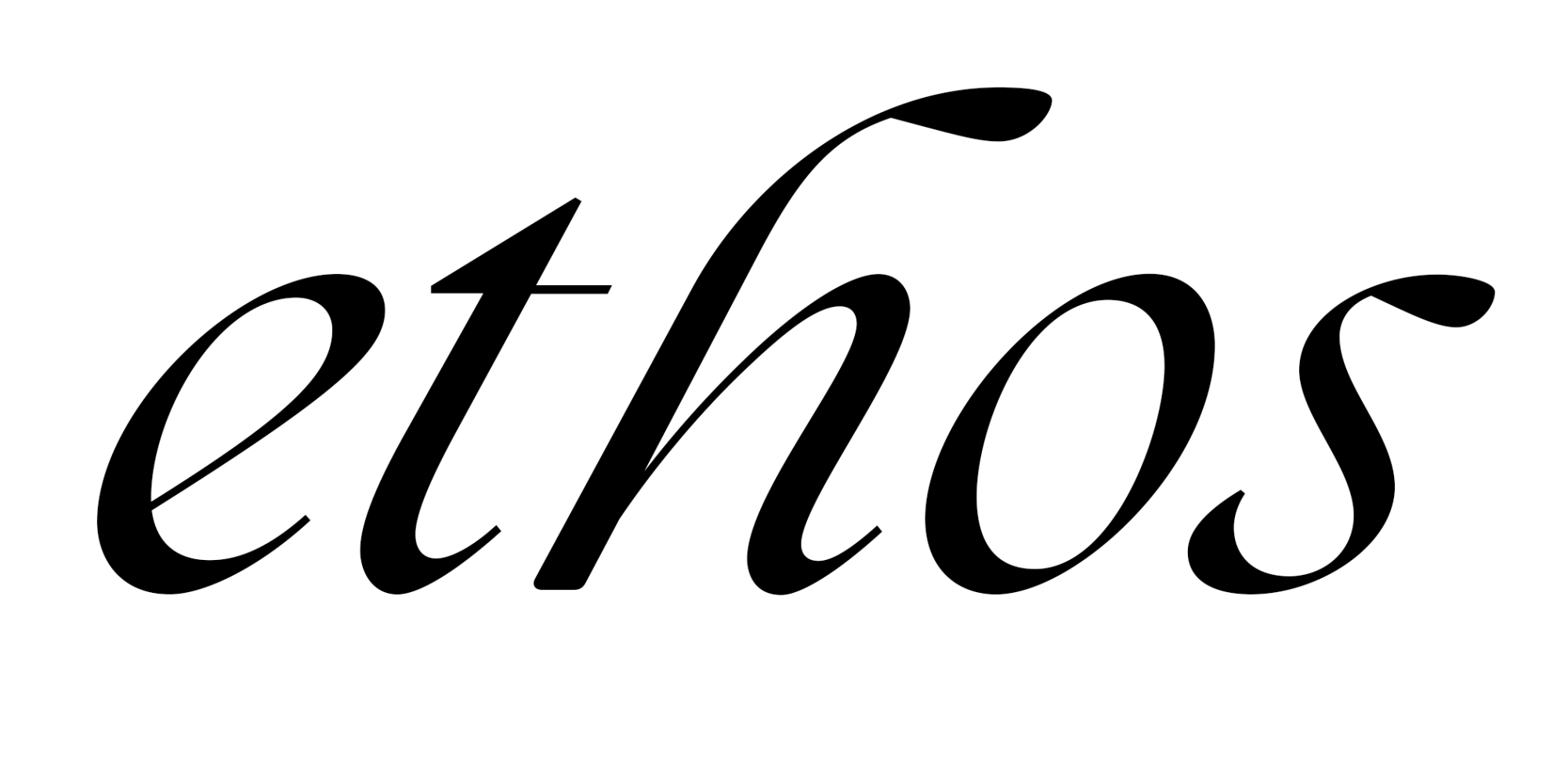

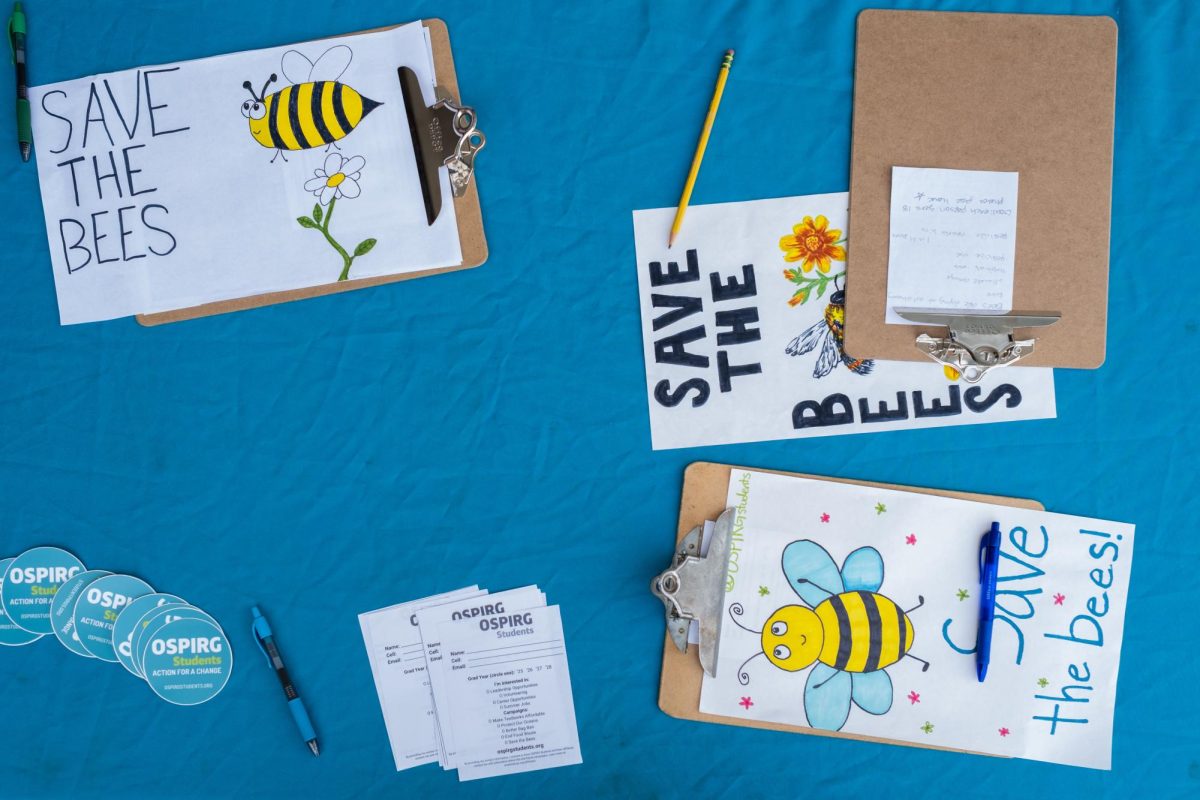

![[Photo Courtesy of the Lara Family]
Ruben embraces his beloved childhood goat, Katrina.](https://ethos.dailyemerald.com/wp-content/uploads/2025/05/katrina-1-1060x1200.jpg)



